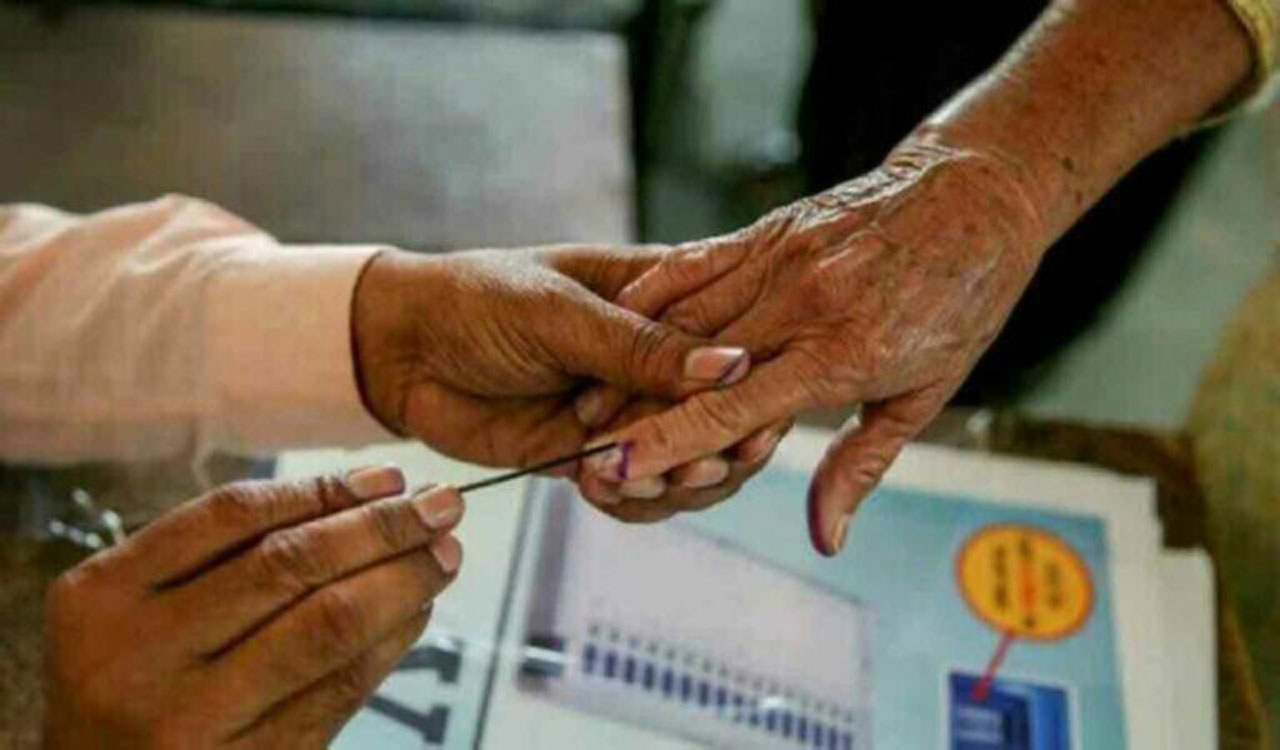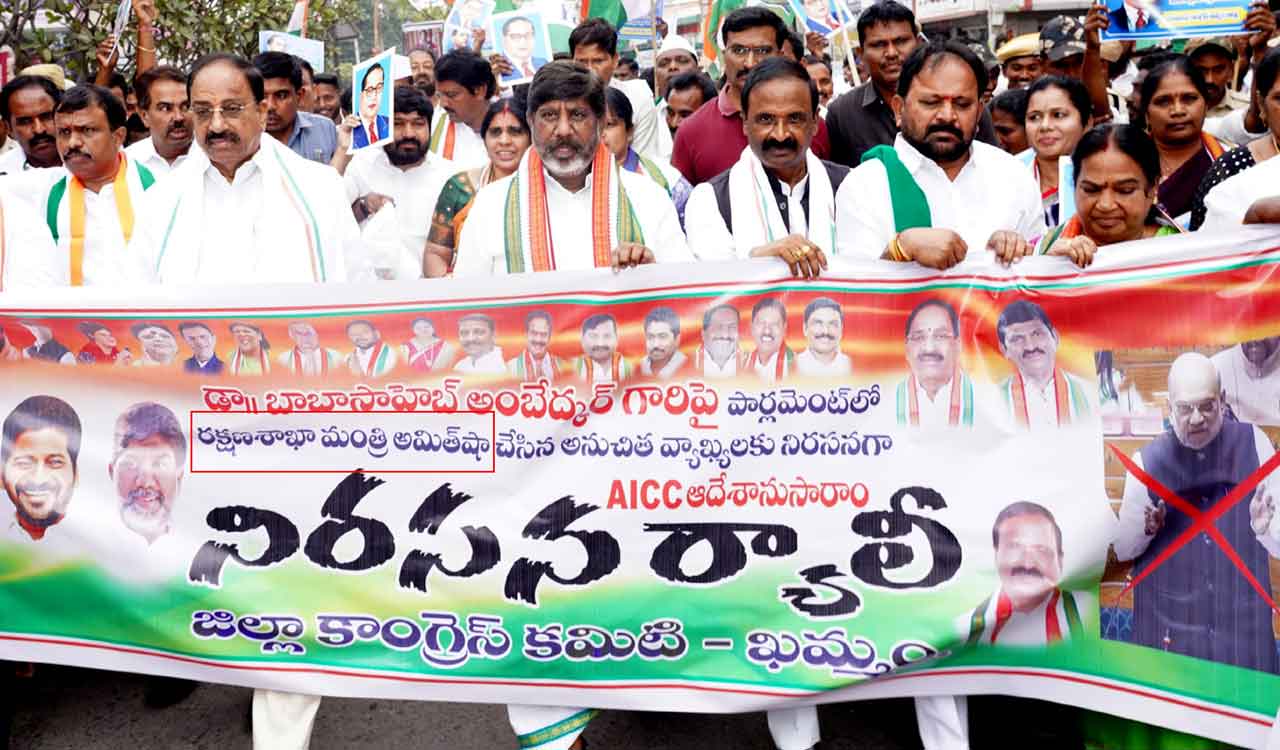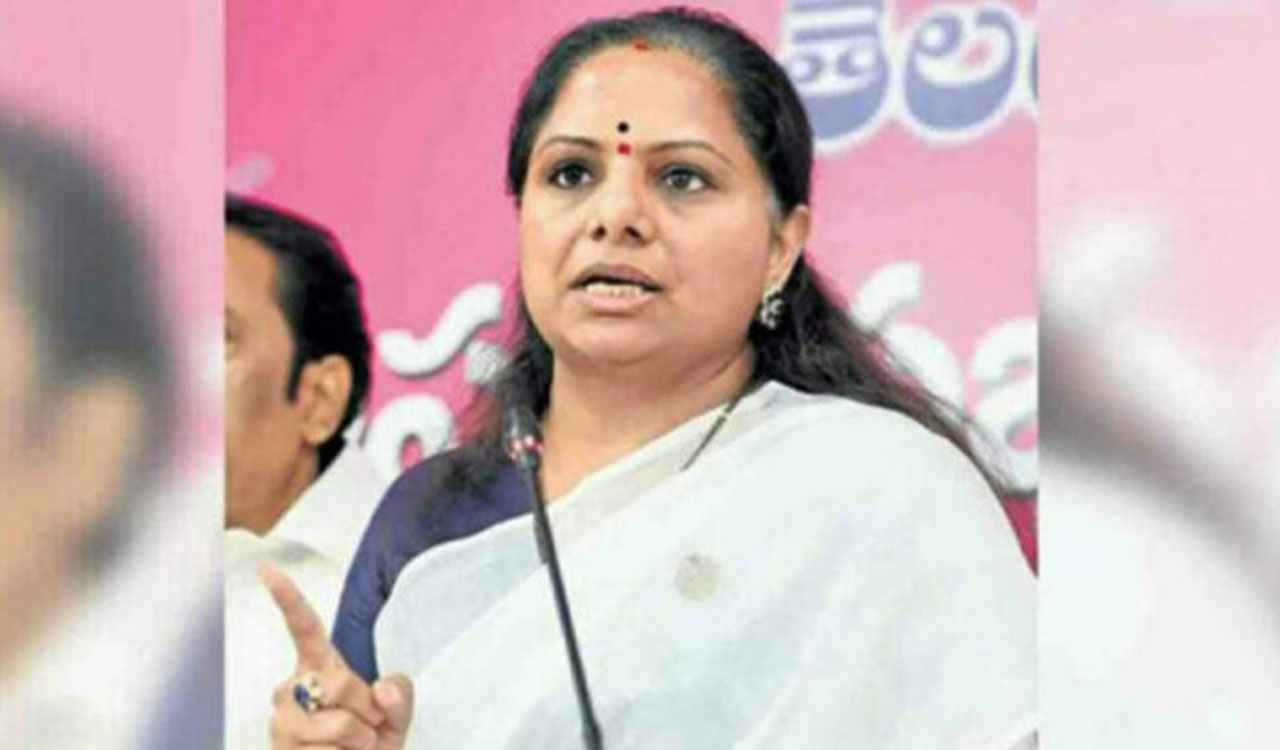Editorial: Surprise verdict
A familiar set of reasons has once again proved to be Congress’ undoing: infighting, over-dependence on a single leader and overconfidence

The mandate from Haryana and Jammu & Kashmir holds some hard lessons for pollsters and political parties alike. All the exit polls have gone horribly wrong in the case of Haryana where they predicted a landslide victory for the Congress. Instead, the BJP sprang a surprise and pulled off a third consecutive victory beating the anti-incumbency factor. In fact, the saffron party, aided by effective campaigning, smart caste arithmetic and the last-minute gambit of leadership change, bettered its 2019 performance, bagging 48 seats in the 90-member Assembly. In J&K too, most exit polls predicted a hung Assembly but a resurgent National Conference (NC) and its junior ally Congress are set to form the government with a comfortable majority in the 90-member House. Some of the big names in the business of poll prediction have egg on their faces as their projections have missed the mark. In the Lok Sabha elections held earlier this year, an overwhelming majority of the exit polls, including a clutch of leading agencies, predicted a massive win for the BJP on its own in tune with the party’s “chaar sau paar” target. However, the results showed a much weakened BJP and a resurgent Opposition. Unlike the 2014 and 2019 polls, the saffron party failed to win a simple majority and ended up with 240 seats. As a result, the NDA 3.0 is now dependent on its allies — especially the Telugu Desam Party and the Janata Dal (United) — to provide a stable government.
For weeks, political circles had been abuzz that the BJP was facing a huge wave of anti-incumbency in Haryana and the Congress camp was so confident of victory that jockeying for chief minister’s post had already started in the party. The final results came as a big blow to the grand old party which appears to have snatched defeat from the jaws of victory. It turns out that a familiar set of reasons has once again proved to be the party’s undoing: bitter infighting, over-dependence on a single leader — Bhupinder Singh Hooda — and a single community — Jats — to deliver goods and, more importantly, overconfidence. The open rift between Hooda and Kumari Selja, the Dalit face of the party, and the latter’s non-participation in the campaigning harmed the Congress’ prospects. The BJP, on the other hand, worked quietly on a strategy involving counter-consolidation of non-Jats and OBCs and highlighting the development agenda. This helped the party beat anti-incumbency and scripted a historic hat-trick win. In J&K too, the party made significant gains in the Jammu region, improving its tally from the previous elections held a decade ago. At a time when a narrative was gaining ground that the BJP was on the decline nationwide, the latest election results have come as a big boost for the party and set the tone for the next round of Assembly polls in Maharashtra and Delhi.
Related News
-
Khammam Congress gaffe: Union Home Minister Amit Shah made ‘Defense Minister’
-
Hyderabad: Complaint against ‘Pushpa 2’ actors, this time for scenes insulting police
-
Kavitha calls out Congress-BJP collusion to target BRS in Telangana
-
Deepa Dasmunshi refuses to meet Allu Arjun’s father-in-law and Congress leader Chandrashekhar Reddy
-
Haiti gang attack on journalists covering hospital reopening leaves 2 dead, several wounded
13 mins ago -
21 dead as Mozambique erupts in violence after election court ruling
31 mins ago -
Cartoon Today on December 25, 2024
8 hours ago -
Sandhya Theatre stampede case: Allu Arjun questioned for 3 hours by Chikkadpallly police
9 hours ago -
Telangana: TRSMA pitches for 15% school fee hike and Right to Fee Collection Act
9 hours ago -
Former Home Secretary Ajay Kumar Bhalla appointed Manipur Governor, Kerala Governor shifted to Bihar
9 hours ago -
Hyderabad: Organs of 74-year-old man donated as part of Jeevandan
9 hours ago -
Opinion: The China factor in India-Nepal relations
9 hours ago




